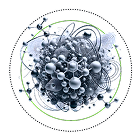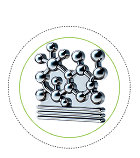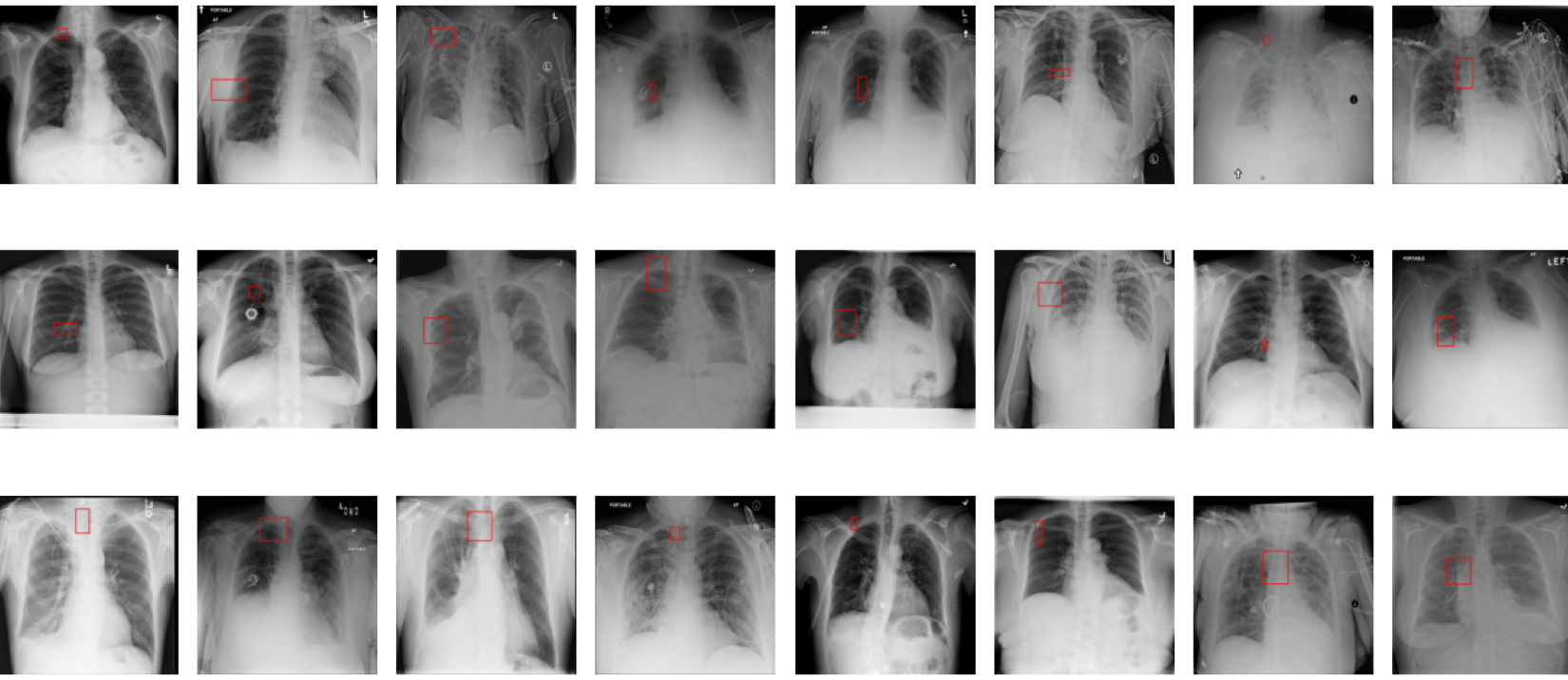
Accelerate Healthcare Innovation: How SoftServe Leverages AI
Healthcare is under pressure to do more with less.
Early disease diagnosis, personalized treatments, streamlined clinical trials, and compliance, all while controlling costs. It’s pushed traditional processes to their limits.
Yet, from 2022 to 2025, AI in healthcare has surged, with publications tripling from over 10,000 in 2022 to 35,000+ projected by 2025. This signals not just academic interest but real-world impact. Breakthroughs in Gen AI and agentic AI, digital twins, and autonomous agents have matured and improved how healthcare is delivered.
While AI innovation is accelerating, it's hard for some healthcare companies to translate breakthroughs into scalable, production-ready solutions. This article explores how we help them move from AI experimentation to enterprise-scale deployment.
AI integration: tips for scalable success
While AI is proven to work, the challenge is integration and scale. Here are the top tips we tell our clients:

Your biggest challenge today is deploying AI to make meaningful, informed decisions at scale.

Agentic AI demands a redesign of traditional processes. It’s not about fitting AI into current systems. You should evolve them to work with AI.

Human-in-the-loop is critical for accountability, safety, and ethical AI usage, especially in clinical domains.

Tech progress isn’t slowing. Your adaptability, not your tools, will determine your edge.
3 production-ready solutions, accelerated by NVIDIA
By fusing deep industry knowledge with innovative AI frameworks — often in collaboration with NVIDIA — SoftServe is driving the next generation of healthcare solutions. Let’s explore how.
1. Transform drug discovery: from years to months
Drug development takes over a decade and costs billions due to late-stage trial failures and disjointed early discovery processes.
SoftServe’s Gen AI Drug Discovery Solution, developed in collaboration with NVIDIA, built with NVIDIA BioNeMo Blueprint, integrates:

Molecule generation (MolMIM): Creates novel chemical compounds in silico.

Molecular docking (DiffDock): Predicts how molecules interact with targets.

Protein structure prediction (BioNeMo): Accelerates structural insights from amino acid sequences.

Virtual screening: Simulates thousands of compounds at scale.
2. Enhance pediatric speech recognition
Children have higher pitches and unpredictable speech patterns. There isn’t as much data to train an automatic speech recognition (ASR) system.
SoftServe’s Speech Recognition Platform, built with NVIDIA Riva and Maxine, tackles this head-on:

Makes 3x fewer mistakes in recognizing children's speech (ages 3-8).

Enables precise diagnoses of speech disorders.

Works accurately in noisy environments, even down to the phoneme level.
Includes language development, diagnostics, and screeners across healthcare and education.
3. Streamline quality assurance (QA) with agentic AI
Manual QA in software, especially in regulated industries like healthcare, is slow, costly, and error-prone.
SoftServe QA Agent replaces static pipelines with smart agents that:
- Navigate UIs and APIs
- Generate tests autonomously
- Take corrective actions based on system feedback
Results

reduction in regression test time

cost savings

more app components tested in parallel
Agents in healthcare
AI agents don’t just automate — they decide. Unlike static automation, agentic AI introduces “agency” — the ability to autonomously choose actions in response to changing environments. This is not a pipeline; it’s an adaptive system with feedback loops and memory. In healthcare, this transforms:
| LAYER | TRADITIONAL AI APPROACH | AGENTIC AI IMPACT |
|---|---|---|
| Infrastructure and compute | Manual scaling | Agents auto-manage compute, access, orchestration |
| Data integration | ETL pipelines, siloed data | Agents harmonize multi-modal EHR/genomics/imaging |
| Model training | Manual MLOps | Continuous learning agents retrain, optimize on-the-fly |
| Scientific research | Researchers manually analyze | Agents design, execute, and summarize experiments |
| Clinical workflow | Rule-based alerts needing interpretation | AI copilots suggest actions and coordinate across teams |
| Operations and admin | Manual billing, documentation | Agents validate documents and streamline handoffs |
Agents work best in controlled environments, like lab automation, EHR systems, or simulation platforms. And while a human-in-the-loop is essential in most clinical applications, agents offer:
- Fast prototyping
- Safe experimentation
- Scalable decision support
3 real-world use cases
Modern platforms handle lots of data and support more users. They offer collaborative workspaces, self-service analytics, and automated deployments through CI/CD and infrastructure-as-code. When combined with training programs to improve skills, they foster a data-fluent culture, where people across the organization can work with and understand the data.
1. Computer vision (CV) in medical imaging
SoftServe’s CV models help radiologists:
- Detect disease markers in X-ray and pathology images
- Classify cells (normal, abnormal, benign) with high accuracy

This not only improves diagnostic precision but also reduces workload and accelerates time-to-treatment, particularly in high-volume screening settings.
2. Detect depression with multimodal AI
Depression can manifest subtly and vary significantly across individuals. SoftServe’s multimodal detection system integrates:

- Visual indicators: arousal, valence, energy, heart rate
- Audio signals: MFCCs, jitter, shimmer, speech energy
Trained on robust data and validated using cross-fold techniques, this platform enables real-time detection in telehealth or clinical environments.
3. Rethink R&D: from researcher to AI scientist
New R&D tools:
- Automated scientist: Full pipeline from hypothesis to peer review with zero human input
- AlphaEvolve (by DeepMind): Evolves code and models using LLMs in a feedback loop
- ESM and protein models: Predicts protein structure and properties with ChatGPT-like simplicity

These tools blur the line between researchers and AI, enabling high-throughput exploration and innovation.
From research to production
SoftServe’s AI-powered solutions are validated, deployed, and already delivering value across the healthcare and life sciences spectrum. Whether it’s streamlining clinical trials, improving diagnostic precision, or enabling fully autonomous QA agents, we bring together domain expertise, top-tier engineering, and AI innovation to help you lead in a changing world.

Contact us to get started. GET STARTED

